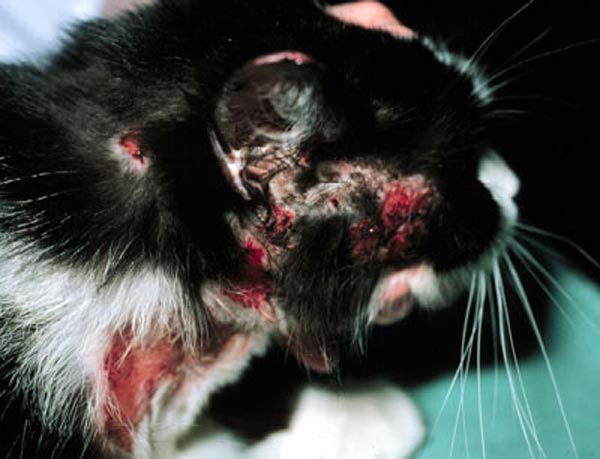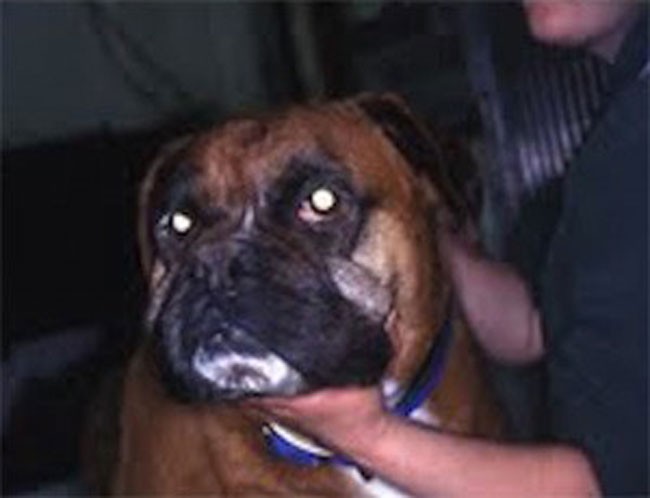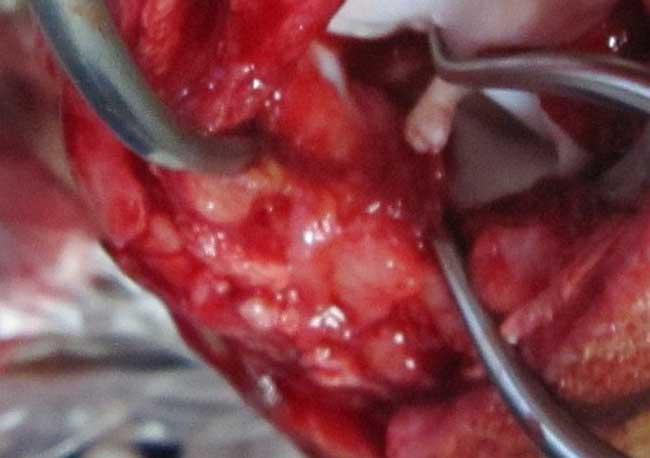Tag: canine
-

Immunotherapy in cats
—
by
Although “off-licence”, immunotherapy is well worth considering in our pruritic feline friends. Of course we need to rule out all other causes of pruritus first: Ectoparasites: As well as all the usual suspects, don’t forget Demodex can occasionally cause ventral alopecia and pruritus (that’s the funny flat form, not the cigar shaped one). Food allergies:…
-

Don’t forget cytology and Malassezia dermatitis
—
by
Ever had one of those cases, which seem to typically occur around this time of year, that you think must be the start of an allergic dermatitis? These present with pruritus, erythema and sometimes a yellowish/grey, greasy feel to the skin and hair coat. The dog is already on a regular POM-V broad-spectrum antiparasiticide. Initial…
-
Check bile acid values in lethargic puppies
—
by
Have you ever had a puppy that just presents with lethargy, exercise intolerance and sleeps all the time? This is normal for my teenage daughters, but not so for a young Lhasa apso that presented to my surgery. Physical exam was unremarkable, but the dog was so sleepy we administered IV fluids to perk it up. Routine biochemistry…
-

Reduced defecation in dogs post-surgery
—
by
Many dogs will not pass faeces for the first four to five days after surgery. Reasons include, but are not limited to: The dog has been fasted prior to surgery. Dogs do not eat well during the hospital stay. They frequently do not eat well when they go home, as they are still recovering fully from anaesthesia.…
-
Judging the severity of heart murmurs in cats
—
by
It is harder to correlate the grade of a heart murmur with the severity of the underlying heart problem in cats than it is in dogs. Some quite loud murmurs may occur with relatively small defects. It is sensible to assess the patient for clinical signs that would suggest an underlying problem (e.g. lethargy, abnormal breathing…
-

How to objectively assess dehydration
—
by
Four parameters can be measured to objectively assess dehydration. PCV and Total Protein should be interpreted together. An increase in both suggests fluid loss except that resulting from acute haemorrhage. Lactate. Hypoperfusion of tissue increases the concentration of lactate due to anaerobic metabolism of cells. A portable lactate meter quickly and cheaply measures blood lactate…
-
Chocolate poisoning in dogs
—
by
Chocolate is digested much more slowly by dogs than people. Therefore symptoms may not appear for many hours after the chocolate is eaten. Do not be fooled by this into thinking that everything is okay. The earlier chocolate poisoning is treated the more likely you are to save the dog’s life. No antidote In addition,…
-

Myxoedema
—
by
Myxoedema most commonly occurs in moderate to severe cases of hypothyroidism in dogs. Thickening of the skin occurs secondary to accumulation of glycosaminoglycans (mostly hyaluronic acid) in the dermis. Myxoedema is most common on the forehead and face, causing a puffy appearance and thickened skin folds above the eyes. The puffiness, plus slight drooping of…
-

Idiopathic head tremors in dogs
—
by
Idiopathic head tremors are common in young to middle aged dogs especially bulldogs, boxers and Labradors. There is often a familial component and the tremors can be triggered by: a recent painful event a temporary dip in blood glucose lowering of blood calcium allergens trauma nothing discernible at all It is easy to confuse the…
-

Is cranial cruciate ligament surgery always necessary?
—
by
For dogs weighing less than 15kg, cranial cruciate disease can be managed conservatively – weight loss until an appropriate Body Condition Score (BCS) is achieved, exercise restriction for 3 to 6 weeks, and possibly physical therapy and pain medication – allowing acceptable comfort and function. In dogs weighing more than 15kg, cruciate disease will eventually cause significant arthritis,…